The practice of mapping allows learners to build and demonstrate their understanding of the parts, people, and interactions that comprise a given system.
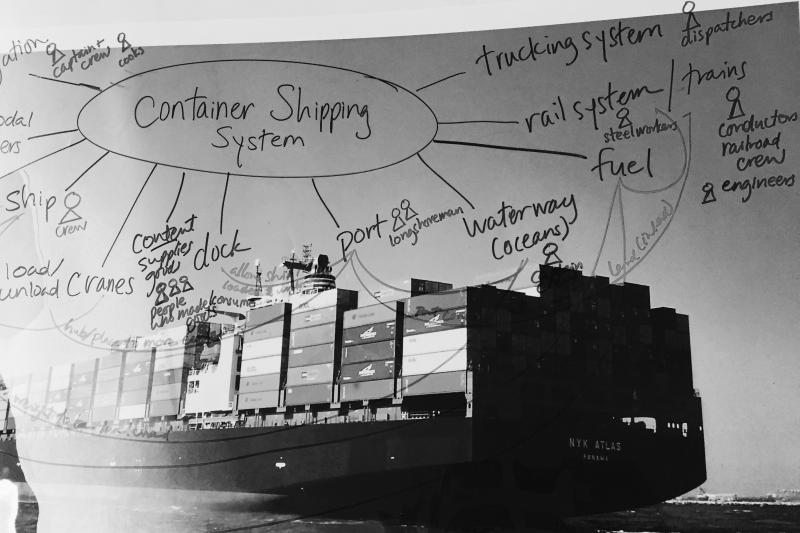
The practice of mapping allows learners to build and demonstrate their understanding of the parts, people, and interactions that comprise a given system.

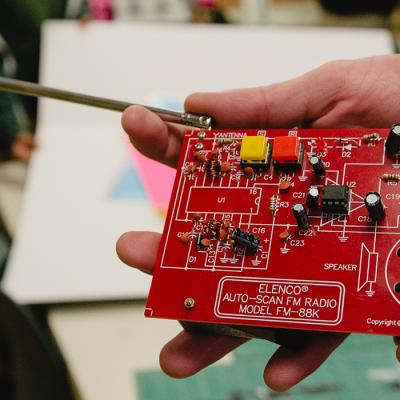
The maker movement is no doubt still trending. But what’s driving this resurgence in the inclination to make? And is it a part of a larger socio/economic shift to a shared, participatory culture?
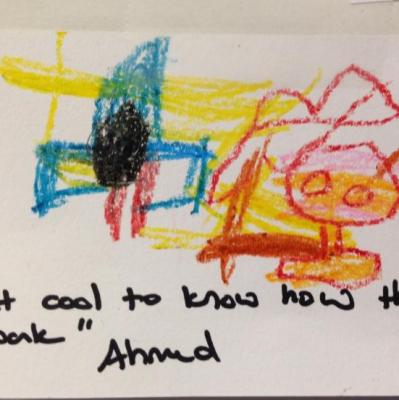
A practice that promotes the capacity of looking closely is the Elaboration Game. This picture of practice essay shares a version that was adapted by educator Tatum Omari for a group of young learners to examine a tortilla press during their unit of study about bread making.
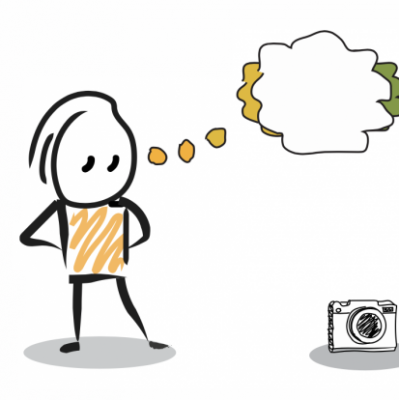
这个思考模式通过帮助学生近距离观察某个物品/系统的细节,考虑不同的使用者和利益相关者不同的观点角度,以反思自己和这个物品/系统的关系来探究其中的关联性。

Esta rutina de pensamiento ayuda a los estudiantes a ir lentamente y observar detallada y cuidadosamente, al animarlos a mirar más allá de las características obvias de un objeto o sistema. Esta rutina de pensamiento estimula la curiosidad, plantea preguntas y hace evidente otras áreas para continuar la investigación.
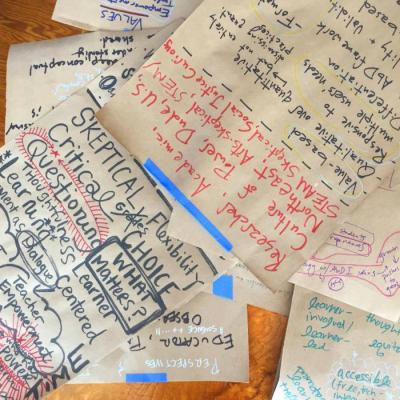
Synthesizing recent conversations between AbD and the Oakland Leadership Team, AbD researcher Andrea Sachdeva proposes a values-based stance on documentation and assessment in maker-centered learning.
This routine encourages learners to slow down and look closely at a system. It helps them notice that there are different people who participate in the system and that they participate in different ways. It also encourages students to explore how one change in a system can impact the rest of the system. This thinking routine can help foster curiosity as children notice details, ask questions, make connections, and identify topics for future inquiry. It also helps children practice systems thinking.

Esta rutina primero apoya el pensamiento divergente, a medida que los estudiantes piensan en nuevas posibilidades para un objeto o sistema; luego apoya el pensamiento convergente, a medida que los estudiantes deciden la manera más efectiva para construir, manipular, re/diseñar o alterar un objeto o un sistema.
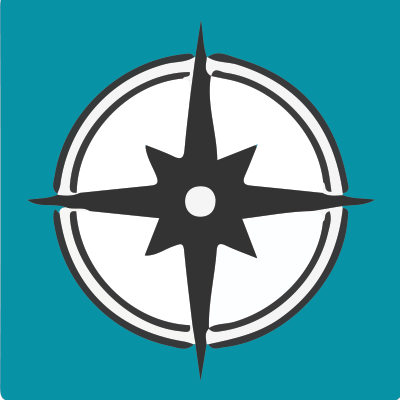
This tool guides young learners to look closely at a system and explore its complexity by directly experiencing the system and reflecting on that experience. This is particularly helpful when working with very young students who may struggle to conceptualize a complex system without direct experience. In addition, this tool provides suggestions for making student thinking visible by encouraging students to share their ideas and learn from each other.